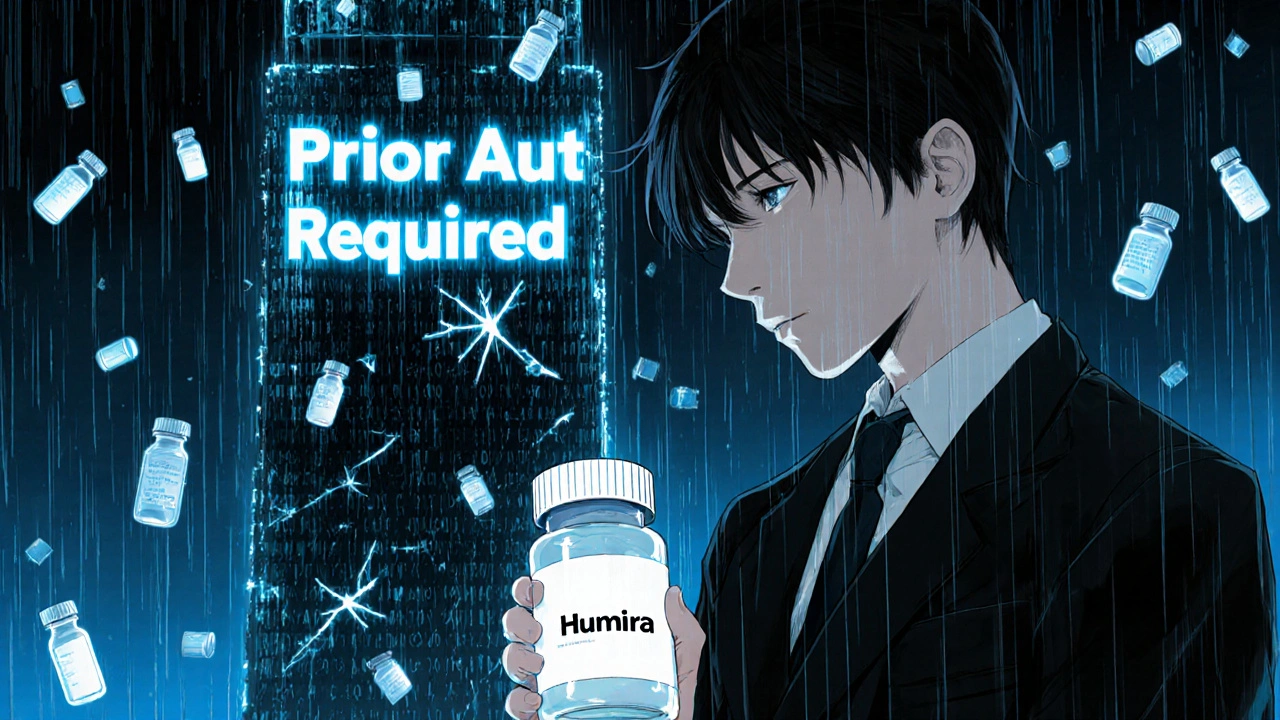Drug Tiers Explained: How Insurance Plans Sort Your Medications
When you pick up a prescription, the price you pay isn’t just about the drug itself—it’s shaped by something called drug tiers, a system used by insurance plans to group medications by cost and preference. Also known as a formulary, this tier structure tells your insurer how much they’ll cover and how much you’ll owe out of pocket. Not all drugs are treated the same. Some are cheap and easy to get. Others require steps you might not even know about.
Drug tiers exist because insurance companies want to guide you toward medicines that work well and cost less. Typically, Tier 1 includes generic drugs like generic bupropion or omeprazole, which are just as effective as brand names but cost a fraction. Tier 2 might have preferred brand-name drugs, while Tier 3 and 4 include non-preferred brands or specialty meds—think biologics for asthma or testosterone gels—that come with higher co-pays. Then there’s Tier 5, the highest, reserved for expensive, high-cost drugs like clozapine or anti-IgE therapies, often requiring prior authorization or step therapy before approval.
It’s not just about price. Your doctor might need to prove a cheaper drug didn’t work before your plan approves a pricier one. That’s called step therapy, and it’s common with high-alert medications or those with serious side effects like liver damage risks from clozapine or eye pressure crises from certain antihistamines. Some plans even block certain drugs entirely unless you meet strict criteria. This is why knowing your plan’s formulary matters—it’s not just a list, it’s a roadmap to what you can actually afford.
What you’ll find below are real stories and guides that cut through the confusion. From how to safely buy generic Viagra without getting scammed, to why switching from Conjubrook to non-hormonal options might be smarter, to how GDUFA laws are making generics faster and cheaper—these posts show you how to navigate the system, not just accept it. Whether you’re managing diabetes with Amaryl, fighting allergies with Ketotifen, or trying to avoid an overdose from misused meds, understanding drug tiers gives you power. You’re not just a patient—you’re a shopper with rights. And these articles help you shop smarter.
Insurance Coverage of Biosimilars: Prior Authorization and Tier Placement Strategies
Biosimilars can save patients thousands annually, but insurance coverage often blocks access through prior authorization and same-tier pricing. Learn how formulary rules, PBMs, and Medicare policies affect your out-of-pocket costs.

